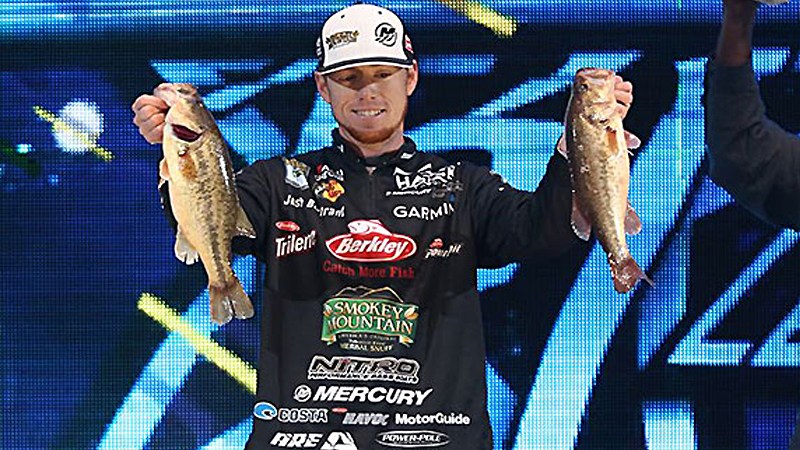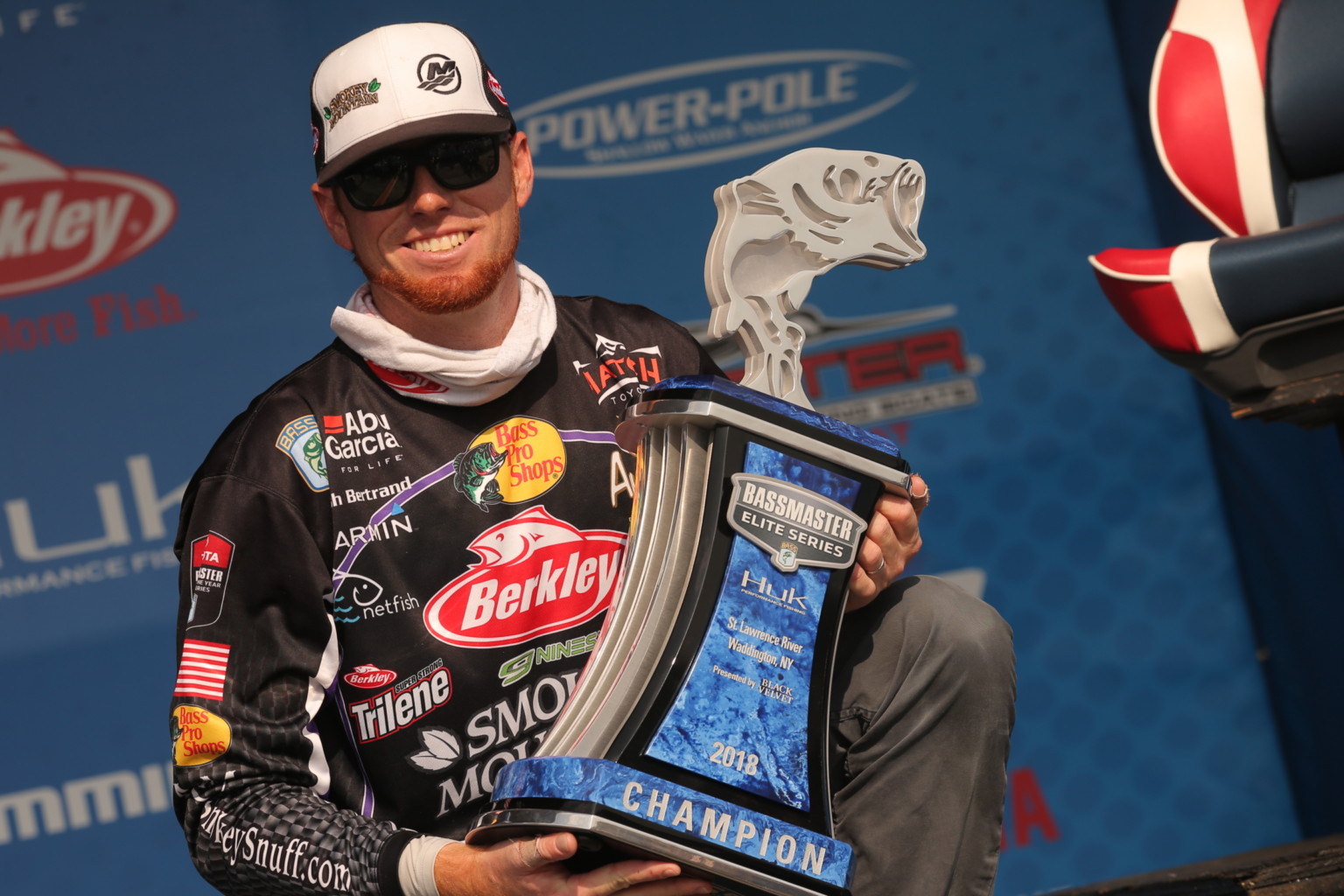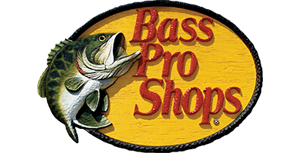By Jonathan LePera – Special to BassFan
It’s only natural to assume that when faced with the blistering heat that Arizona is known for, largemouth bass are going to hunker down in deep water, regardless of the season.
Bassmaster Elite Series competitor and Arizona native Josh Bertrand grew up throwing crankbaits to reach those sorts of fish, a technique he attributes several of his early tournament wins to.
“I won a lot of fall and winter tournaments when I was younger fishing team tournaments at home with it,” he said. “That gave me a lot of confidence in throwing it.”
It’s a technique that served him well in his second career Elite Series event at Falcon Lake in 2013. Every fish he caught there came on a deep crankbait.
“It’s just a great big fish technique,” he said.
When It Shines
Growing up in Arizona, Bertrand learned early the value of probing deeper water (18 to 23 feet) with a deep-diving crankbait.
On the Elite Series, it’s become an important tool at venues on the Tennessee River system when targeting giant schools of bass. He’ll grind a crankbait through shell beds and on other bodies of water, he’ll feather it through tree tops trying to pick off isolated fish.
“It draws the biggest bites of any of the mid- to deep baits,” he says.
Bertrand heavily relies on his Garmin 7612 units to find key fish-holding structure to crank.
“I use Garmin Panoptix to see trees,” he said. “I love cranking trees, which is what I grew up doing. To be able to see the target in front of the boat and hit it on the first cast is really important.”
Panoptix tells him just how far in front of the boat his target is and helps him to judge how far to make his cast to get it to dive to the required depth.
“A lot of times, a deep crankbait is a great way to catch them, but a good search bait, too,” he added. “You can get up on the side of a ledge, a break, a long point, and start grinding and that can be your way to finding bass.”
















